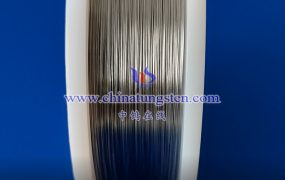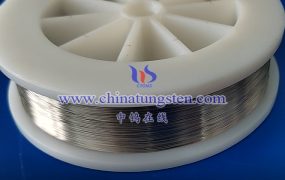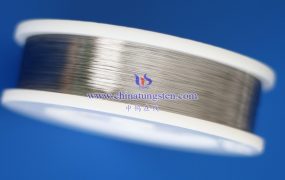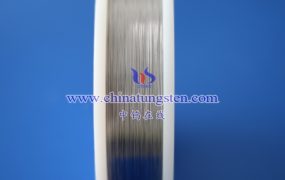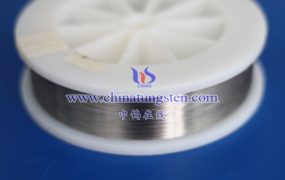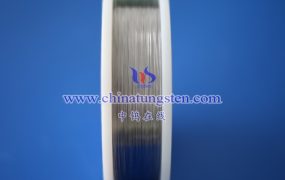Atomic force microscope (AFM) tungsten probe refers to the detector used in AFM, the tip of which is mainly made of tungsten. AFM is a surface science technique that uses probes to measure the physical properties of a sample surface, such as height, shape, and surface forces.
Here are some features and applications of AFM tungsten probes:
1. Tip shape: The tip of the AFM tungsten probe is usually very sharp, with dimensions at the nanometer level. This sharp tip facilitates high-resolution surface imaging of the sample surface.
2. Electrical conductivity: Tungsten is an excellent conductive material and is suitable for generating and maintaining electron tunnels at the probe tip.
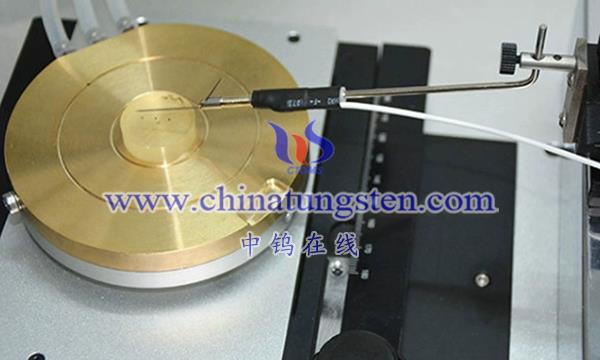
3. Atomic resolution: AFM is capable of surface imaging and measurements at the atomic level, and the AFM tungsten probe allows scientists to detect and manipulate individual atoms on the sample surface.
4. Surface force measurement: AFM can not only provide surface morphology information, but also measure the mechanical properties of the sample surface, such as elastic modulus, adhesion force, etc.
5. Biological and materials research: AFM is widely used in biology, materials science and other fields to study biomolecules, thin films, nanomaterials, etc.
In AFM, a probe scans the sample surface and the physical properties of the sample surface are measured by detecting the motion of the probe. AFM tungsten probe selection often depends on specific experimental needs and sample characteristics. Due to its high resolution and wide range of applications, AFM has become an important experimental tool in the fields of surface science and nanotechnology.
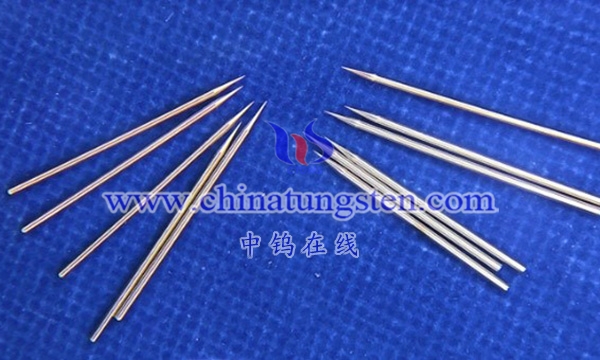
More details of tungsten needles, please visit website: http://tungsten.com.cn/tungsten-needles-and-pins.html
Please contact CHINATUNGSTEN for inquiry and order of tungsten needles:
Email: sales@chinatungsten.com
Tel.: +86 592 5129595
